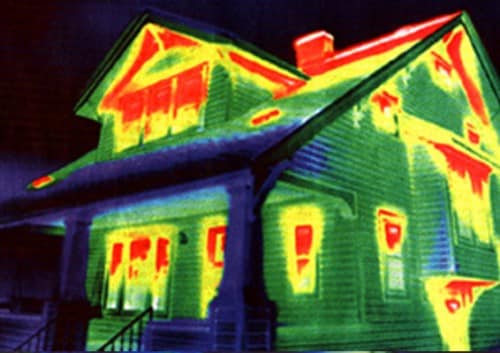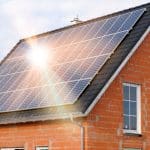 Now that you have upgraded your home in the newest energy efficiency materials and have already reaped the rewards of lower monthly bills, there is yet another reward in store for you; this time from the federal government.
Now that you have upgraded your home in the newest energy efficiency materials and have already reaped the rewards of lower monthly bills, there is yet another reward in store for you; this time from the federal government.
The nonbusiness energy property credit, through the Residential Energy Credits program, is rewarding homeowners who are taking less from the power grid and reducing their carbon footprint through energy-efficient home improvements.
Who qualifies
If you own your home and installed or improved your home’s insulation, added new metal or asphalt roofing, installed energy efficient exterior doors or windows that meet Energy Star program requirements, or a installed a new HVAC or heating system between 2006 and 2011, you could receive up to $500 back on your investments.
The credit is cumulative, according to an article posted by the Alliance to Save Energy, and the $500 is a lifetime cap, but it offers a 10 percent rebate on what you spent on the qualified equipment, including labor costs.
Visit ase.org/taxcredit for specific information or check your manufacturer’s website to see if the upgrades you made qualify for the credit.
A brief history of the tax credit
The nonbusiness energy home-improvement credit has an unstable past as far as credits go.
It was originally enacted in 2006 as part of the Energy Policy Act, but expired in 2008. It wasn’t renewed until the next year when it was included in the American Recovery and Reinvestment Act of 2009. It remained in effect through the end 2010, and then was extended this year through the Tax Relief, Unemployment Insurance Reauthorization and Job Creation Act.
Who knows what next year holds for this orphan tax credit.
How to claim your credit
The credit can be applied to a house, a houseboat, a mobile home, a cooperative apartment, a condominium, or a manufactured home that the taxpayer lived in during the 2011 tax year, as stated on the IRS form 5695.
The NonBusiness Energy Property Credit form 5695 can be found on the IRS website and it functions as a worksheet for the credit. It must be attached to the 1040 for the credit to be applied. Solar, wind and geothermal heat pumps are included on the form as part of the residential energy efficient property credit.
Improvement receipts and manufacturer’s certification statements are not required for submission, but should be kept in the event of an audit.
The federal government has incorporated energy efficiency goals into legislation since 1978 with the inception of the National Energy Conservation Policy Act. They continue to make lower energy consumption a goal of the country through incentives, regulations and legislation. But they can’t do it on their own. If you don’t qualify for the tax credit this year, see what next year holds.
Belinda Callin is a journalist by education and a greenie by choice. Energy efficiency is the responsibility of each individual. Improving your strain on the power grid is as easy as changing a light bulb. Free home energy efficiency calculators can help you understand what home improvements you can implement that can save money and the world’s precious resources. Go green today.















